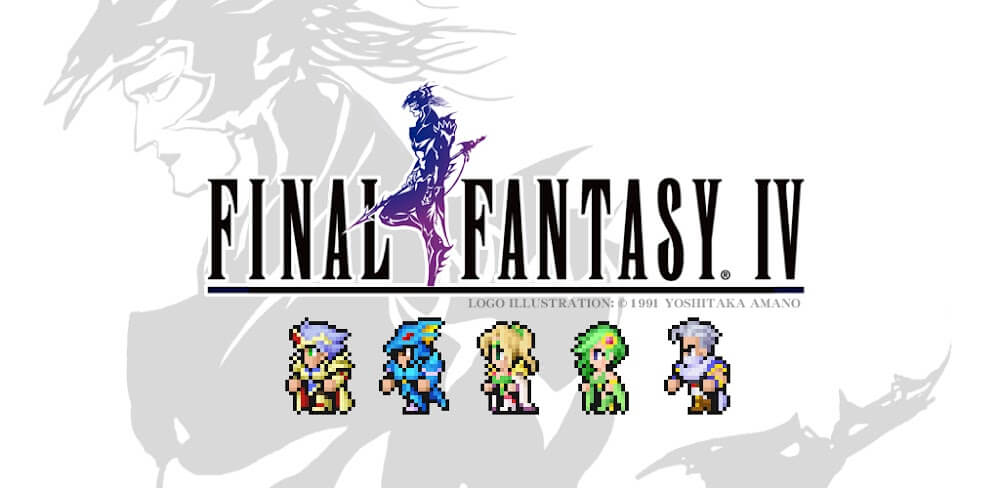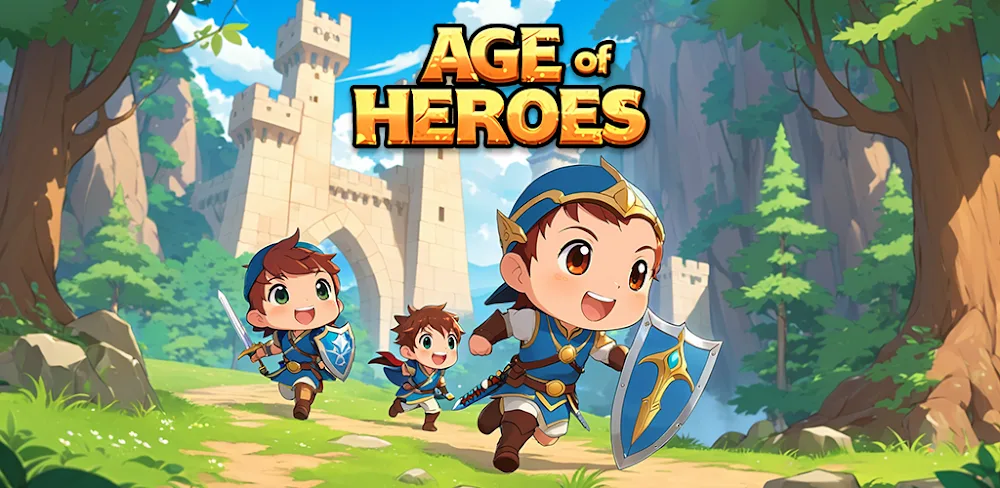The Letter - Horror Novel Game Mod Apk v.2.4.0 (Menu, Unlock All Chapters)
- App Name The Letter - Horror Novel Game
- Version 2.4.0
- Sizes 140M
- Requirements Android 5.1
- Developer Yangyang Mobile
- Genre Role Playing
- Updated Nov 04, 2025
- Platform GooglePlay
In today’s rapidly evolving digital landscape, mobile applications have become integral to our daily lives, influencing everything from communication and entertainment to commerce and education. The demand for efficient and innovative mobile solutions is higher than ever, leading to a constant influx of new apps and updates. This surge in mobile activity makes understanding the key factors driving app popularity, usage patterns, and future trends crucial for developers, marketers, and end-users alike. As we navigate this dynamic environment, it’s essential to examine the elements that contribute to app success and the strategies that can help navigate the increasingly competitive app market.
Understanding User Engagement and Retention
User engagement and retention are cornerstones of app success. An app may attract a significant number of initial downloads, but its long-term viability hinges on its ability to keep users active and coming back for more. User engagement refers to the extent to which users interact with an app, measured by metrics like daily active users (DAU), monthly active users (MAU), session length, and frequency of use. High engagement indicates that the app provides value and caters to user needs effectively. Retention, on the other hand, focuses on how many users continue to use the app over time. Low retention rates can signal underlying issues with the app’s design, functionality, or user experience. To improve user engagement, developers are increasingly employing techniques such as personalized content recommendations, push notifications tailored to user preferences, and gamification elements that reward active participation. These strategies aim to create a more compelling and rewarding user experience, fostering a sense of loyalty and encouraging continued use. For instance, Duolingo, a language learning app, uses gamification elements like streaks and virtual rewards to keep users motivated and engaged in their language learning journey. These strategies can be useful for many applications. Check out the latest app reviews to learn more.
To bolster user retention, developers must address potential pain points and obstacles that might lead users to abandon the app. This involves conducting thorough user testing to identify areas for improvement, optimizing the app’s performance to ensure smooth and seamless operation, and providing timely and effective customer support to address user queries and concerns. Regular updates that introduce new features, fix bugs, and enhance the user interface can also help to maintain user interest and prevent app fatigue. Furthermore, many developers are now focusing on building strong communities around their apps, creating forums, social media groups, and in-app chat features that allow users to connect with each other, share their experiences, and provide valuable feedback. For example, many gaming apps thrive on community-building strategies, where players can team up, compete against each other, and participate in virtual events. This sense of community fosters a stronger connection with the app and increases user retention. Remember to analyze data and user feedback to refine your app strategy. You can also learn more about this topic here.
- Personalized Content: Tailoring content to individual user preferences to increase relevance and engagement.
- Gamification: Incorporating game-like elements to make the app more fun and engaging.
- Community Building: Fostering a sense of community among users to increase loyalty and retention.

The Impact of Mobile App Design and User Experience (UX)
The design and user experience (UX) of a mobile app play a pivotal role in its success. A well-designed app is not only visually appealing but also intuitive, easy to navigate, and provides a seamless user experience. Conversely, a poorly designed app can frustrate users, leading to abandonment and negative reviews. Mobile UX design focuses on understanding user needs, behaviors, and expectations and then crafting an app that effectively addresses those needs in a user-friendly manner. This involves careful consideration of factors such as information architecture, navigation, visual design, and interaction design. An intuitive information architecture ensures that users can easily find the information they need, while clear and consistent navigation allows them to move effortlessly between different sections of the app. Visual design elements, such as color schemes, typography, and imagery, contribute to the app’s overall aesthetic appeal and can also influence user perception and engagement. For instance, consider the design of Headspace, a mindfulness app, which employs calming colors, soothing animations, and simple navigation to create a relaxing and user-friendly experience.
Interaction design focuses on how users interact with the app, ensuring that controls are responsive, feedback is clear, and tasks can be completed efficiently. Mobile UX designers often employ techniques such as user personas, user journey maps, and usability testing to gain a deeper understanding of user needs and to identify potential areas for improvement. User personas are fictional representations of ideal users, based on research and data, which help designers to empathize with users and make informed design decisions. User journey maps visualize the steps that users take when interacting with the app, allowing designers to identify potential pain points and optimize the user experience. Usability testing involves observing real users as they interact with the app, gathering feedback on their experiences, and using that feedback to refine the design. Furthermore, accessibility is a crucial aspect of mobile UX design, ensuring that the app is usable by people with disabilities. This involves adhering to accessibility guidelines, such as providing alternative text for images, ensuring sufficient color contrast, and supporting assistive technologies. Excellent design not only improves usability but also boosts the app’s perceived value and credibility. Read the full guide on our site to get more information about this.
- Intuitive Navigation: Making it easy for users to find what they need within the app.
- Visually Appealing Design: Creating an aesthetically pleasing and engaging visual experience.
- Accessibility: Ensuring the app is usable by people with disabilities.

Monetization Strategies and Revenue Models
Monetization is a critical aspect of mobile app development, especially for businesses looking to generate revenue from their creations. There are several monetization strategies available, each with its own advantages and disadvantages. One of the most common models is the freemium model, where the app is free to download and use, but users can unlock additional features or content through in-app purchases. This model allows developers to reach a wide audience while still generating revenue from a subset of users who are willing to pay for premium features. Another popular strategy is the subscription model, where users pay a recurring fee for access to the app’s content or services. This model provides a predictable revenue stream for developers and can be particularly effective for apps that offer ongoing value, such as streaming services or productivity tools. For instance, Spotify uses a subscription model to provide users with access to a vast library of music, while Netflix uses a similar model for its streaming video service. Another popular way to generate money is the use of in-app advertising.
In-app advertising involves displaying advertisements within the app, generating revenue based on impressions, clicks, or conversions. This model can be effective for free apps that rely on advertising as their primary source of revenue. However, it’s important to carefully consider the placement and frequency of ads to avoid disrupting the user experience and driving users away. Affiliate marketing is another monetization strategy, where developers promote other products or services within their app and earn a commission on any sales generated through their referrals. This model can be effective for apps that cater to a specific niche or target audience. Many e-commerce apps use this to recommend related products and increase sales. Ultimately, the best monetization strategy depends on the app’s target audience, the nature of its content or services, and the developer’s overall business goals. It’s important to experiment with different strategies and to track key metrics, such as conversion rates, customer lifetime value, and revenue per user, to optimize the monetization strategy and maximize revenue potential. Be aware of the latest app monetization trends to maximize your success.
- Freemium Model: Offering a basic version for free and charging for premium features.
- Subscription Model: Charging a recurring fee for access to content or services.
- In-App Advertising: Displaying advertisements within the app to generate revenue.

Conclusion: Navigating the Mobile App Landscape for Success
The mobile app landscape is a dynamic and competitive environment, but by focusing on user engagement, optimizing the user experience, and implementing effective monetization strategies, developers can increase their chances of success. Understanding user needs and behaviors is crucial for creating apps that provide value and cater to user expectations. Prioritizing user engagement through personalized content, gamification, and community building can help to foster a sense of loyalty and encourage continued use. A well-designed user experience, characterized by intuitive navigation, visually appealing design, and accessibility, is essential for ensuring user satisfaction and preventing abandonment. Experimenting with different monetization strategies and tracking key metrics can help developers to optimize their revenue potential and build sustainable businesses. By staying abreast of the latest trends, embracing innovation, and continuously refining their approach, developers can navigate the mobile app landscape effectively and achieve long-term success. The future of mobile apps is bright, and with the right strategies, developers can unlock the full potential of this powerful platform.
Whats Mods
MOD Info- MOD MENU
- Unlock All Chapters (Purchased)
Whats News
* Improve game performance.* Make the game available for newer devices
- Votes: 1
- Comments: 6
Download The Letter - Horror Novel Game for Android for free.
Menu, Unlock All Chapters
- MOD MENU
- Unlock All Chapters (Purchased)








While I agree mobile apps are important, I think focusing solely on their efficiency and innovation misses a key aspect: genuine user experience and emotional connection, which can be especially crucial in a horror game like “The Letter.”
While I agree mobile apps are important, I’m not seeing the connection to a horror novel game called “The Letter.” Maybe I missed something, but the intro feels a bit disconnected from the actual topic.
I’m not sure how that intro relates to “The Letter – Horror Novel Game.” It seems like a generic statement about mobile apps, not a specific discussion about the game itself.
While the points about the mobile app landscape are valid, I’m not sure how relevant they are to a discussion about “The Letter” horror novel game specifically. It feels a bit like a generic intro tacked on.
While I agree mobile apps are pervasive, I’m not sure that’s the most relevant angle when discussing a specific horror novel game like “The Letter.” I’d be more interested in a discussion about what makes horror games successful, regardless of platform.
I think the intro about general mobile app trends is a bit disconnected from a review of a specific horror game like “The Letter.” It feels like filler before getting to the actual topic.